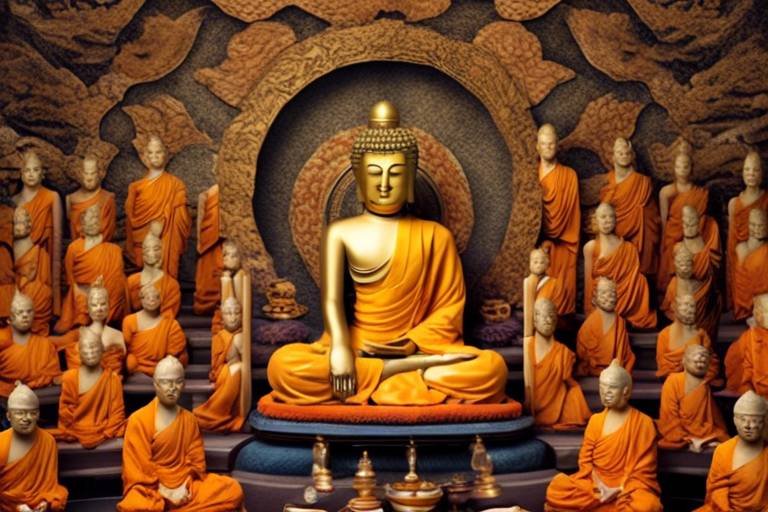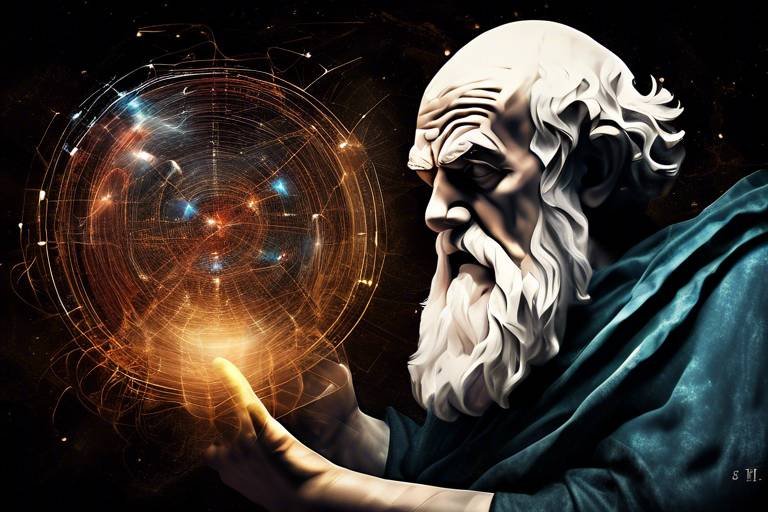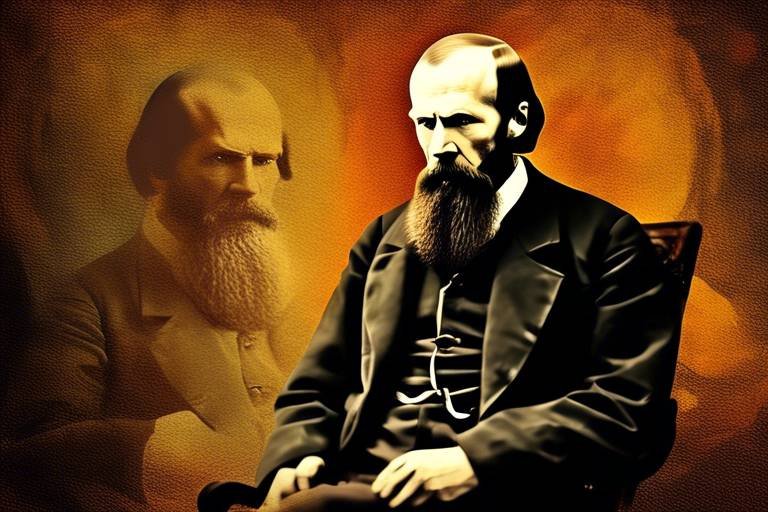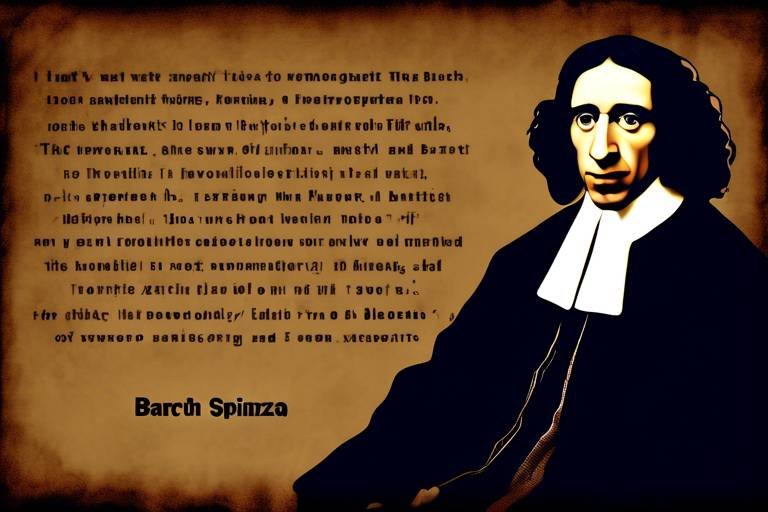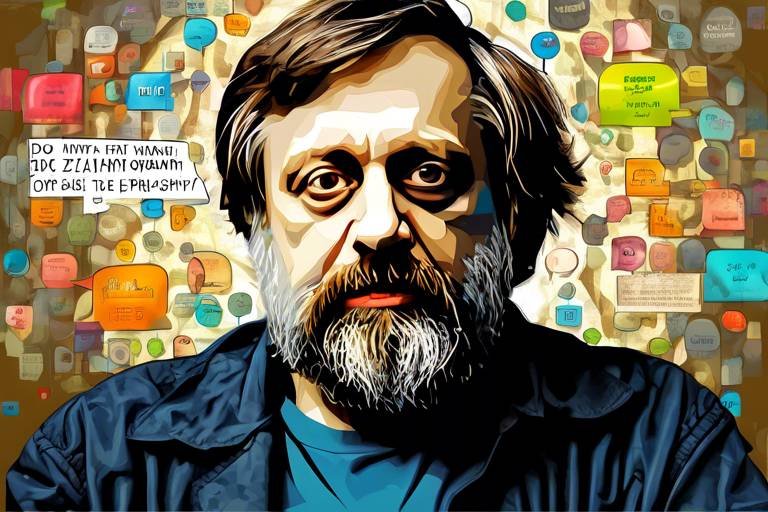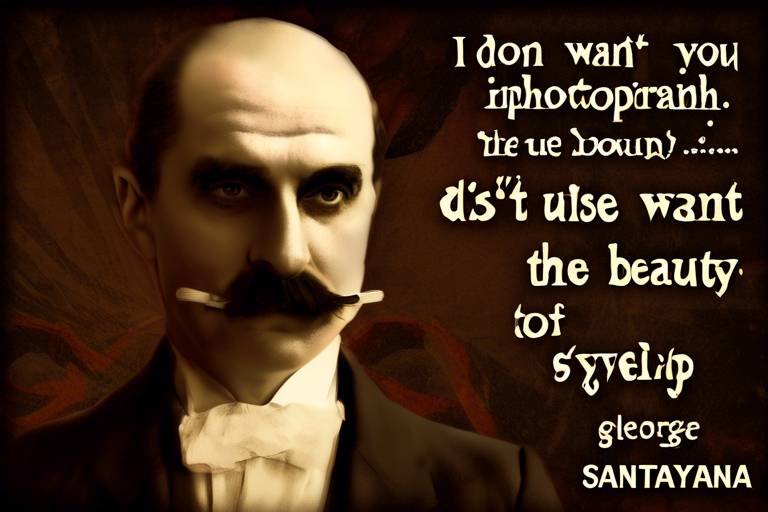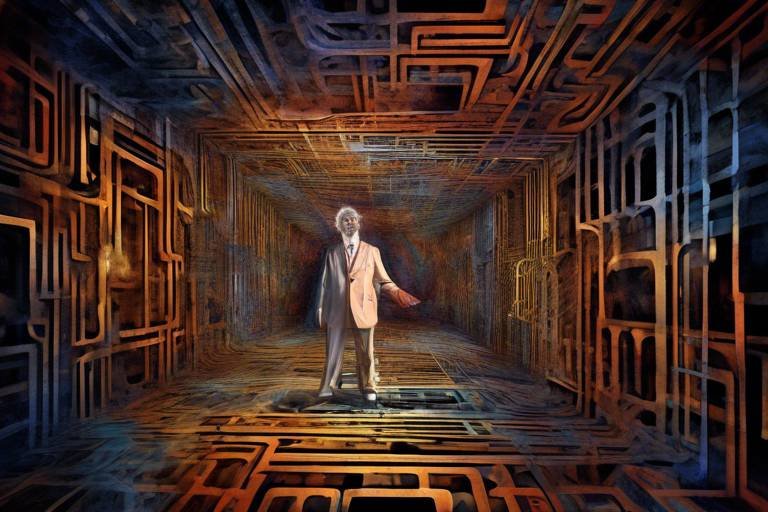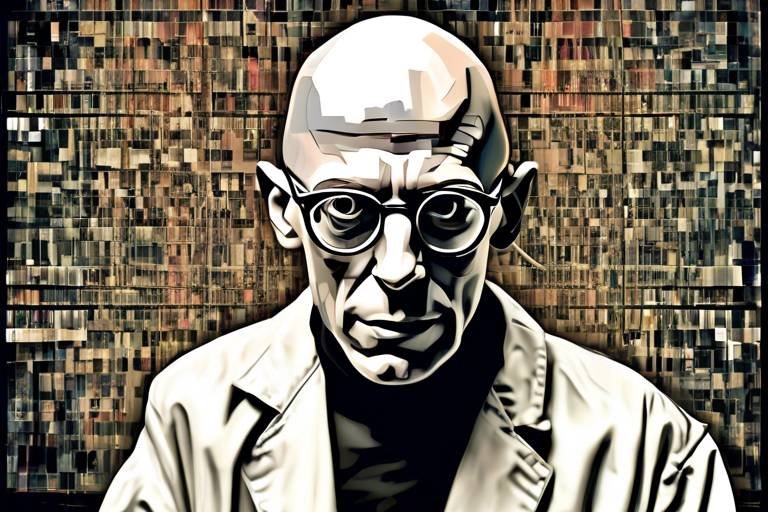Carl Jung's Philosophy - Impact on Modern Psychology
Carl Jung, a Swiss psychiatrist and psychoanalyst, has left an indelible mark on the landscape of modern psychology. His innovative theories, particularly those surrounding the collective unconscious, archetypes, and the individuation process, have not only enriched our understanding of the human psyche but also influenced various therapeutic practices. Imagine diving deep into the ocean of the mind, where hidden treasures of self-awareness and personal growth await discovery. Jung's work serves as a map guiding us through these uncharted waters, allowing us to explore the depths of our inner selves.
One of Jung's most revolutionary contributions is the concept of the collective unconscious. This idea proposes that beneath our individual consciousness lies a shared reservoir of memories, experiences, and symbols common to all humanity. Picture it as a vast library where every human being has access to the same books, containing tales of triumph, loss, love, and conflict. This shared knowledge influences our thoughts, behaviors, and emotions, shaping our interactions with the world around us. Jung's perspective has paved the way for a more interconnected understanding of human psychology, emphasizing that we are not isolated beings but part of a larger tapestry of experiences.
Furthermore, Jung's exploration of archetypes—universal symbols and themes found in the unconscious—has significantly impacted storytelling, art, and even therapy. These archetypes, such as the Hero, the Shadow, and the Wise Old Man, resonate deeply within us, often surfacing in our dreams and creative expressions. They serve as mirrors reflecting our inner struggles and aspirations. For example, consider the Hero's Journey, a narrative framework derived from Jungian archetypes. This journey illustrates the process of personal growth through trials and transformation, resonating in literature, film, and therapeutic practices as a model for self-discovery. It's like embarking on an adventure where every challenge faced leads to greater self-awareness and fulfillment.
In addition to storytelling, Jung believed that myths play a crucial role in understanding archetypes. Myths are powerful representations of our collective experiences, and analyzing them can provide profound insights into the human psyche. They act as a bridge connecting us to our ancestors' wisdom, helping us navigate our own inner conflicts. Similarly, Jung placed great emphasis on dream analysis, positing that dreams often contain archetypal symbols that reveal valuable insights into our unconscious mind. By understanding these symbols, individuals can gain clarity about their emotions and motivations, facilitating personal development and healing.
At the heart of Jung's philosophy lies the individuation process, which is the journey toward self-realization and wholeness. Jung emphasized that achieving psychological health requires integrating various aspects of our personality. Think of it as assembling a jigsaw puzzle where each piece represents a different facet of who we are. When we embrace all parts of ourselves, including the shadow aspects we often hide, we can live a more balanced and authentic life. This journey is not merely about self-discovery; it's about becoming the best version of ourselves.
Jung's influence extends far beyond his own theories; it has significantly shaped modern therapeutic approaches, including depth psychology and transpersonal psychology. These fields promote a holistic view of mental health, integrating spirituality and the exploration of consciousness. For instance, transpersonal psychology builds on Jung's ideas, delving into the spiritual dimensions of human experience. It emphasizes the importance of transcending personal experiences to connect with a greater whole, fostering a sense of unity with the universe.
Another area where Jung's principles shine is in art therapy. This therapeutic approach harnesses the power of creative expression to explore the unconscious. By engaging in artistic activities, individuals can communicate emotions and experiences that may be challenging to articulate verbally. It's like giving voice to the unspeakable, allowing the unconscious to surface and be examined. Through this process, individuals can gain insights into their inner worlds, facilitating healing and personal growth.
In conclusion, Carl Jung's philosophy has profoundly impacted modern psychology, offering invaluable insights into the complexities of the human mind. His concepts of the collective unconscious, archetypes, and individuation continue to resonate, shaping therapeutic practices and enriching our understanding of ourselves. As we navigate the intricate landscape of our inner lives, Jung's work serves as a guiding light, illuminating paths toward self-discovery, healing, and wholeness.
- What is the collective unconscious? The collective unconscious is a concept introduced by Carl Jung that suggests all humans share a set of memories and ideas, influencing our thoughts and behaviors.
- How do archetypes influence our lives? Archetypes are universal symbols found in our unconscious that help us understand our inner selves and cultural narratives, often appearing in dreams and stories.
- What is the significance of the individuation process? The individuation process is the journey toward self-realization and wholeness, integrating various aspects of our personality for a balanced and fulfilling life.
- How has Jung influenced modern therapy? Jung's concepts have shaped various therapeutic approaches, including depth psychology and transpersonal psychology, promoting a holistic view of mental health.
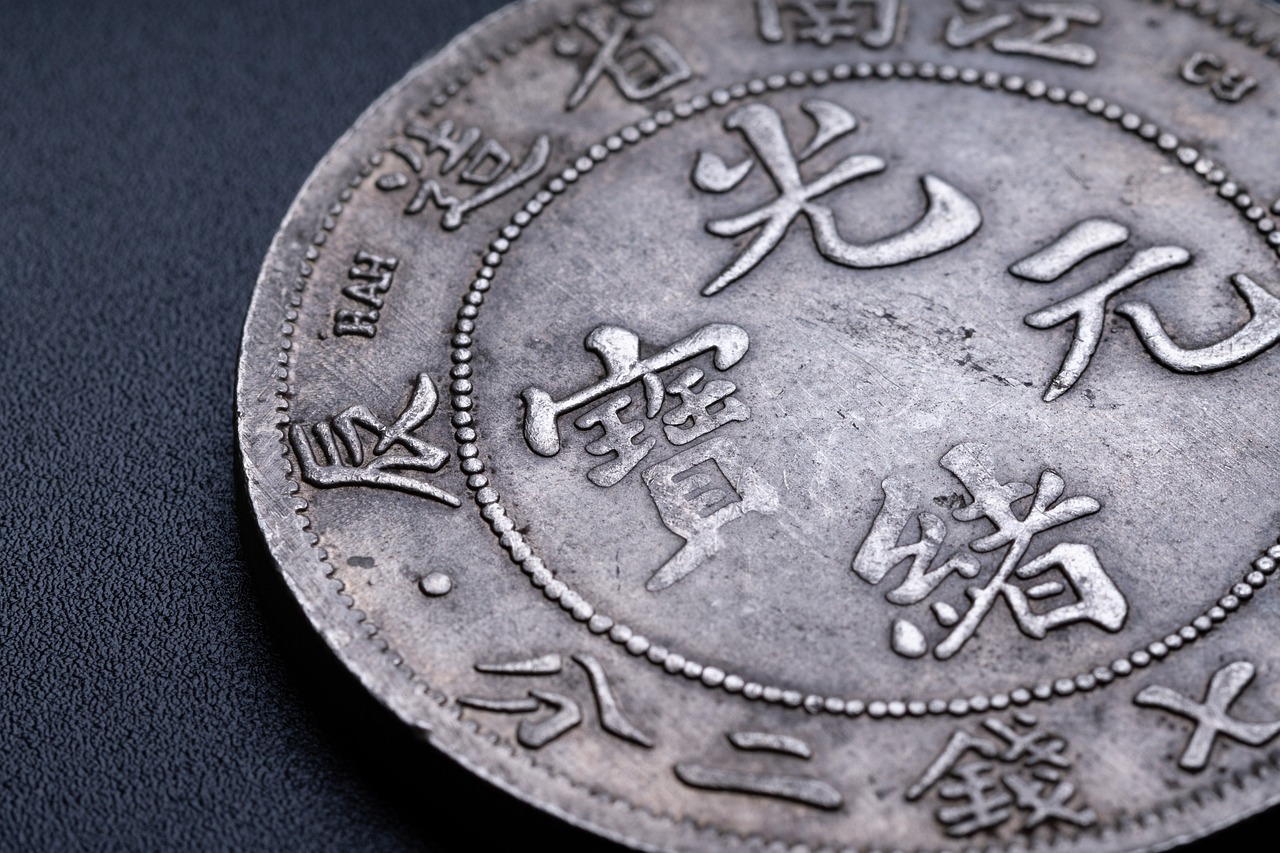
The Collective Unconscious
Carl Jung's concept of the collective unconscious is nothing short of fascinating. Imagine a vast ocean where every drop of water represents a shared memory, experience, or idea that transcends individual lives. Jung proposed that beneath our personal unconscious lies this deeper layer, rich with symbols and themes that are common to all humanity. It’s like a treasure chest of universal knowledge, waiting to be explored. This idea radically shifted the way we view our psyche and has had a profound impact on modern psychology.
At its core, the collective unconscious is composed of archetypes, which are innate, universal symbols and motifs that shape our thoughts and behaviors. These archetypes can be found in myths, legends, and even in our dreams. For instance, think about the archetype of the Mother. This symbol doesn’t just represent one individual’s experience with their mother; it encompasses the nurturing aspect found across cultures and throughout history. Jung believed that by tapping into this collective reservoir, individuals could gain a deeper understanding of themselves and their place in the world.
The implications of the collective unconscious are profound. It suggests that our thoughts and feelings are not solely products of our personal experiences but are also influenced by a shared human heritage. This has led to various psychological practices that emphasize our interconnectedness. For example, during therapy, exploring these shared symbols can help individuals make sense of their personal struggles. It’s akin to finding a common thread in a tapestry, revealing how our individual stories are interwoven with the larger human narrative.
Furthermore, the collective unconscious has been instrumental in shaping cultural narratives and artistic expression. Artists, writers, and filmmakers often draw upon these universal themes to resonate with audiences on a deeper level. Consider the myriad of stories that feature the Hero archetype, where a character embarks on a journey, faces challenges, and ultimately transforms. This isn’t just a plot device; it’s a reflection of the collective experiences and aspirations of humanity.
In conclusion, Jung's idea of the collective unconscious invites us to explore our shared human experience. It encourages us to look beyond the surface of our individual lives and recognize the deeper connections that bind us all. By understanding this profound layer of our psyche, we can embark on a journey of self-discovery that not only enriches our own lives but also fosters a greater sense of empathy and connection with others.
- What is the collective unconscious?
The collective unconscious is a concept introduced by Carl Jung, suggesting that all humans share a set of memories and ideas that transcend individual experiences. - How does the collective unconscious influence modern psychology?
It shapes various psychological practices by emphasizing our shared human experiences and helps individuals understand their personal struggles through universal symbols. - What are archetypes?
Archetypes are universal symbols and themes that exist within the collective unconscious, influencing our thoughts, behaviors, and cultural narratives. - Can the collective unconscious be accessed in therapy?
Yes, exploring the collective unconscious can provide valuable insights during therapy, helping individuals connect with their inner selves and understand their experiences.
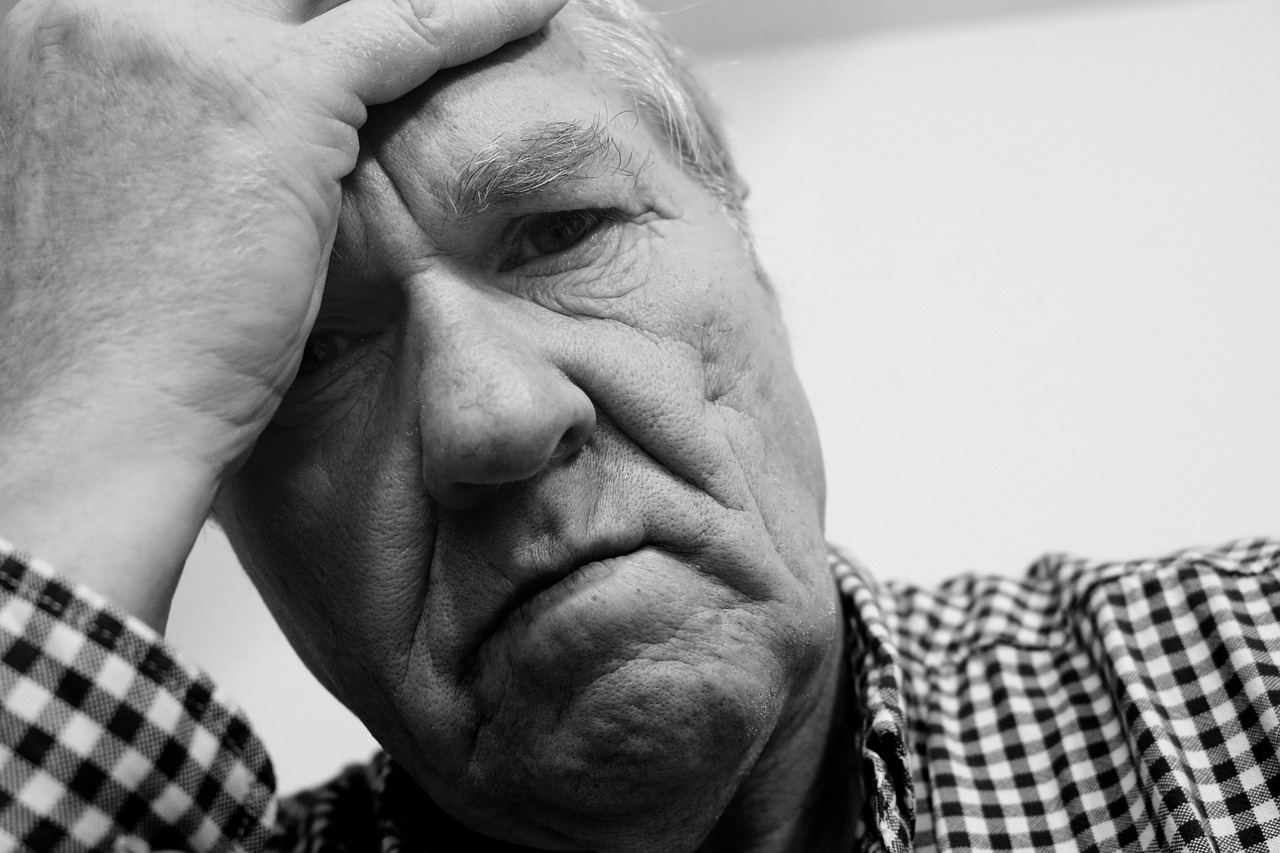
Archetypes in Jungian Psychology
When we dive into the fascinating world of Jungian psychology, we encounter a treasure trove of concepts, but none are more captivating than the idea of archetypes. These archetypes are essentially the universal symbols and themes that reside in our unconscious minds, acting as the building blocks of our thoughts, feelings, and behaviors. Imagine them as the blueprints of the human experience, shaping how we perceive the world and interact with it. Jung believed that these archetypes are not just random; they are deeply embedded in our collective unconscious, which is a reservoir of shared memories and experiences that transcend individual lives.
In Jung's view, archetypes manifest in various forms, including characters, symbols, and motifs that we encounter in myths, dreams, and even everyday life. For example, the Hero, the Shadow, and the Mother are just a few archetypes that can be found across different cultures and narratives. Each of these archetypes represents fundamental human experiences and emotions, allowing us to connect with our inner selves and understand our place in the world.
One of the most intriguing aspects of archetypes is their ability to influence our personal narratives. They help us make sense of our experiences and provide a framework for understanding our life's journey. For instance, when you think about your own life story, you might identify with the Hero's Journey, where you face challenges and grow as a person. This narrative structure resonates deeply because it reflects a universal pattern of transformation that we all can relate to.
Furthermore, archetypes also play a crucial role in the realm of storytelling and art. Writers, filmmakers, and artists often draw upon these archetypal themes to create compelling narratives that resonate with audiences. Think about your favorite movie or book—chances are, it features archetypal characters and conflicts that echo the struggles and triumphs of the human experience. This connection to archetypes not only enriches the storytelling process but also allows audiences to engage with the material on a deeper emotional level.
To illustrate the significance of archetypes in our lives, let’s take a look at a simple table that outlines some common archetypes and their meanings:
| Archetype | Meaning |
|---|---|
| Hero | Represents courage and the quest for self-discovery. |
| Shadow | Embodies the darker aspects of the psyche that we often deny. |
| Mother | Symbolizes nurturing, comfort, and unconditional love. |
| Wise Old Man | Represents wisdom, guidance, and insight. |
In therapy, understanding these archetypes can be incredibly powerful. Jungian therapists often guide clients in exploring their dreams and personal narratives to uncover the archetypes at play in their lives. By recognizing and integrating these archetypes, individuals can gain valuable insights into their behaviors and motivations, leading to greater self-awareness and personal growth.
In conclusion, archetypes in Jungian psychology serve as essential tools for understanding not only our inner selves but also the collective human experience. They provide a lens through which we can explore our personal journeys, connect with others, and engage with the rich tapestry of life. Whether through storytelling, art, or therapy, embracing these archetypal themes can lead to a more profound understanding of who we are and how we fit into the world around us.
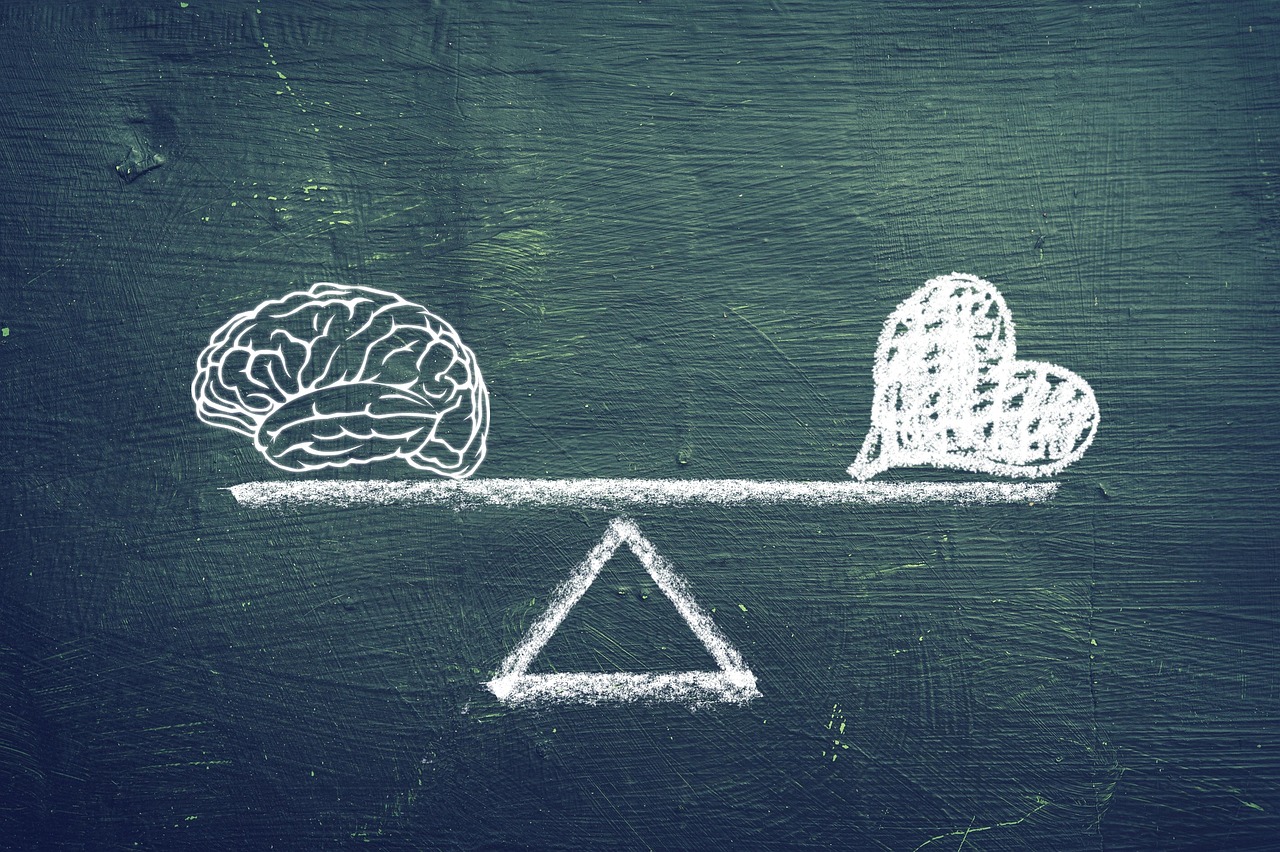
The Hero's Journey
The Hero's Journey is not just a narrative framework; it’s a profound metaphor for personal growth and transformation that resonates deeply within us all. Imagine embarking on an adventure where the mundane world fades away, and you find yourself facing trials, tribulations, and ultimately, transformation. This journey, rooted in Jungian archetypes, serves as a blueprint for self-discovery. It’s like stepping into a story where you are both the hero and the storyteller, navigating through challenges that mirror your own life experiences.
At its core, the Hero's Journey unfolds in several stages, each representing a critical phase in personal development. These stages include:
- The Call to Adventure: This is where the hero feels a deep yearning for change or a challenge that beckons them to step outside their comfort zone.
- The Trials: Like any good story, the hero faces obstacles that test their resolve. These trials can be seen as reflections of our internal struggles, pushing us to confront our fears and limitations.
- The Transformation: After overcoming challenges, the hero emerges transformed, often gaining new insights or abilities that empower them in their journey of life.
- The Return: Finally, the hero returns to their world, bringing back wisdom or gifts that can benefit others, symbolizing the importance of sharing our growth with the community.
This journey is not confined to the pages of a book or the scenes of a movie; it plays out in our everyday lives. Whether you’re battling personal demons, seeking a new career path, or striving to understand your relationships, the Hero's Journey can guide you. It encourages introspection and highlights the importance of embracing both the light and shadow within us, leading to a more integrated and authentic self.
Moreover, the Hero's Journey has found its way into various forms of storytelling, from ancient myths to modern films, illustrating its universal appeal. Think about iconic characters like Frodo from "The Lord of the Rings" or Katniss from "The Hunger Games." Their journeys reflect our own quests for meaning and identity, making us feel seen and understood. This connection to storytelling not only entertains but also serves as a therapeutic tool, helping individuals to process their experiences and emotions.
In therapy, the Hero's Journey framework can be an incredibly powerful tool. Therapists often use it to help clients reframe their narratives, allowing them to see their struggles as part of a larger story of growth. By identifying with the hero's path, individuals can gain perspective on their challenges and recognize their potential for transformation. It’s a reminder that every setback can be a setup for a comeback, and every struggle can lead to a deeper understanding of oneself.
In conclusion, the Hero's Journey is more than just a story; it's a reflection of our own lives. It teaches us that embracing our challenges is essential for personal growth. So, the next time you find yourself facing a difficult situation, remember that you are the hero of your own journey, equipped with the strength to transform and emerge victorious.
Q: What is the significance of the Hero's Journey in psychology?
A: The Hero's Journey serves as a metaphor for personal growth, helping individuals understand their own life narratives and the transformative power of facing challenges.
Q: Can the Hero's Journey be applied in therapy?
A: Yes, therapists often use the Hero's Journey framework to help clients reframe their experiences, enabling them to see their struggles as part of a larger story of personal development.
Q: How does the Hero's Journey relate to Jungian archetypes?
A: The Hero's Journey is deeply rooted in Jungian archetypes, representing universal themes of growth, struggle, and transformation that resonate across cultures and stories.
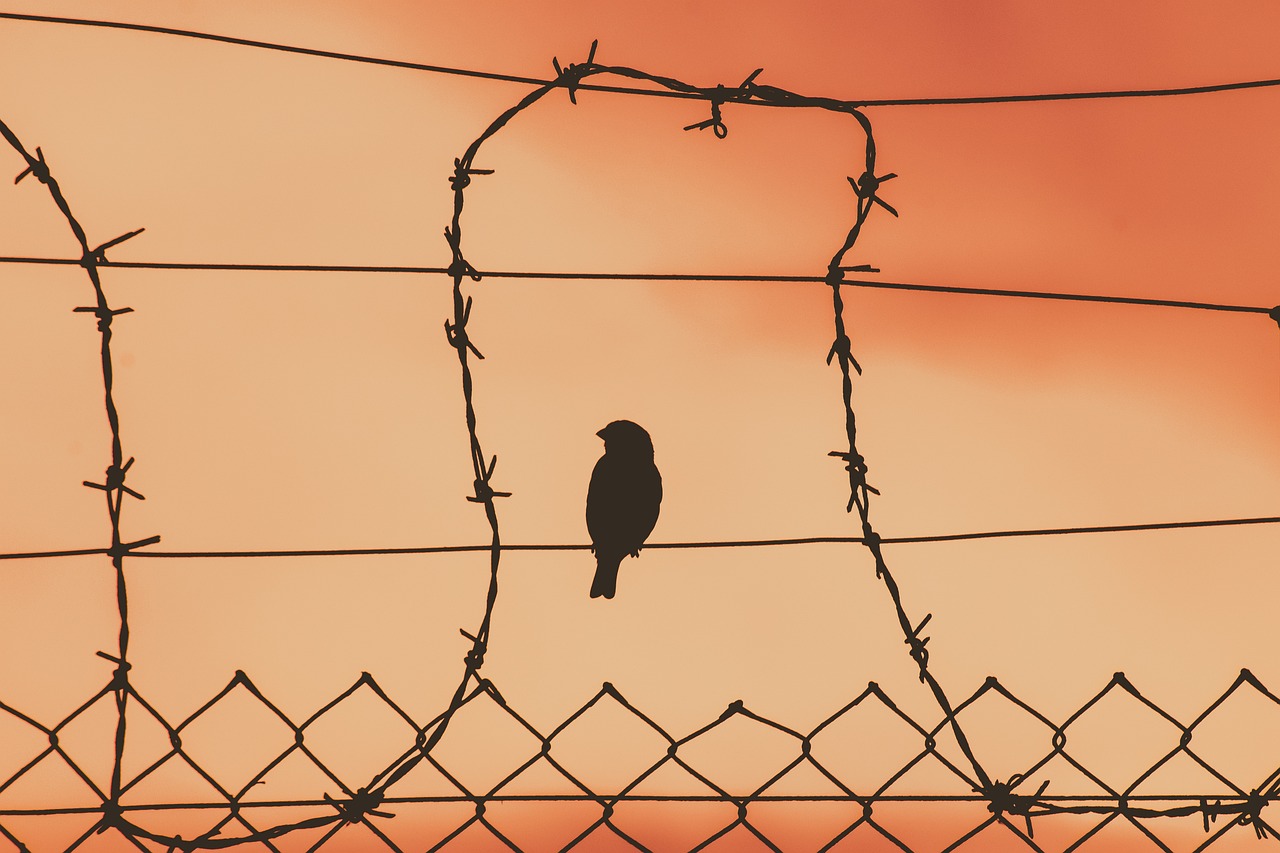
The Role of Myth
Myths have always played a crucial role in shaping our understanding of the world and ourselves. According to Jung, myths are not just ancient stories; they are powerful representations of archetypes that reflect universal human experiences. These narratives resonate deeply within our collective unconscious, serving as a bridge between our inner lives and the external world. When we analyze myths, we unveil layers of meaning that can illuminate our personal struggles and aspirations.
Consider this: when you hear the tale of a hero embarking on a quest, you might see echoes of your own journey. Just like the hero, we face trials, make sacrifices, and undergo transformations. Myths provide a framework through which we can explore our own inner conflicts and desires. They allow us to step back and view our lives from a broader perspective, helping us to connect with our deeper selves.
Jung believed that by engaging with myths, we could tap into a reservoir of wisdom that has been passed down through generations. This engagement is not merely academic; it is a deeply personal experience. Each myth can be seen as a mirror reflecting our own lives, revealing hidden truths about our identities and motivations. For instance, the myth of the Hero's Journey illustrates how we all must confront our fears and uncertainties to achieve personal growth.
Moreover, myths often encapsulate cultural narratives that shape our beliefs and behaviors. They provide a sense of belonging and continuity, linking us to our ancestors and to each other. When we share these stories, we reinforce communal bonds and foster a sense of identity. This is particularly important in a world that can sometimes feel fragmented and disconnected.
In Jungian therapy, exploring myths can be a transformative process. It encourages individuals to delve into their own stories, drawing parallels between personal experiences and mythological themes. This exploration can lead to profound insights and healing, as individuals begin to understand how their personal narratives fit into the larger tapestry of human experience.
In summary, myths are not just relics of the past; they are living stories that continue to shape our understanding of ourselves and our place in the world. By engaging with these narratives, we can unlock profound insights into our psyche and foster a deeper connection to both ourselves and the collective human experience.
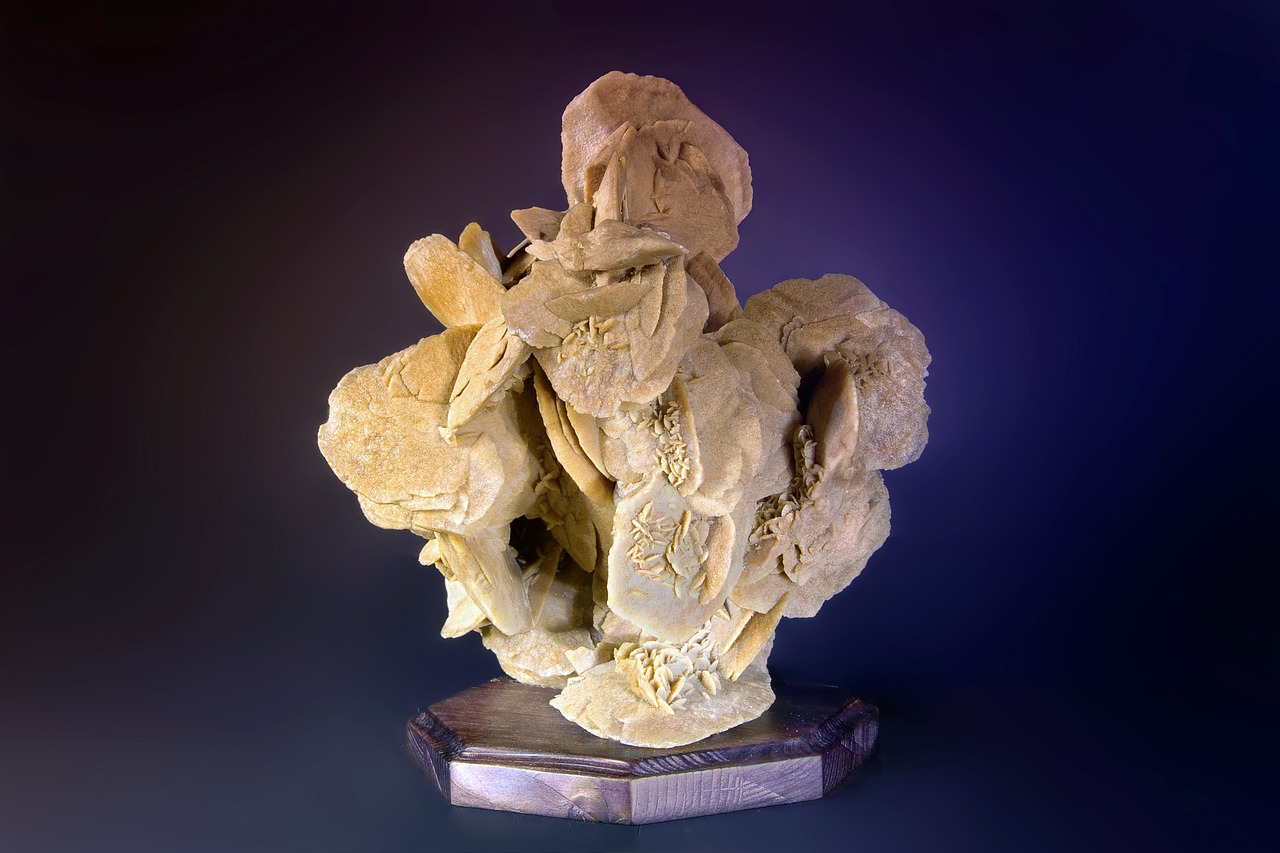
Archetypes in Dreams
Dreams have long been a source of fascination, mystery, and insight into the human psyche. In the realm of Jungian psychology, dreams are not just random images or fleeting thoughts; they are profound messages from the unconscious mind. Jung believed that dreams often contain archetypal symbols, which are universal themes or characters that resonate across cultures and time. These archetypes serve as a bridge between our personal experiences and the collective unconscious, revealing deeper truths about our emotions, fears, and desires.
Imagine waking up from a dream where you are being chased by a shadowy figure. This archetypal image of the shadow represents the parts of ourselves that we may fear or reject. Jung posited that by confronting these shadowy figures in our dreams, we can begin to integrate these disowned aspects of ourselves into our conscious life. This process of integration is crucial for personal growth and self-awareness.
Moreover, the presence of archetypes in dreams can guide us through life's challenges. For instance, the Hero archetype often appears in dreams during times of personal struggle, symbolizing the journey toward overcoming obstacles and achieving self-realization. When we dream of heroes, we tap into our own potential for courage and resilience. Similarly, the Wise Old Man or Wise Old Woman archetype can emerge as a mentor figure, providing wisdom and guidance when we face difficult decisions.
To further illustrate the significance of archetypes in dreams, consider the following table that outlines some common archetypes and their meanings:
| Archetype | Symbolism | Potential Message in Dreams |
|---|---|---|
| Hero | Courage, strength, overcoming challenges | Encouragement to face fears or take action |
| Shadow | Repressed aspects, fears, the unknown | Invitation to confront and integrate hidden parts |
| Wise Old Man/Woman | Wisdom, guidance, inner knowledge | Advice for navigating life's challenges |
| Mother | Nurturing, comfort, protection | Need for care or support in waking life |
Understanding these archetypal symbols can empower individuals to decode the messages within their dreams. By keeping a dream journal, one can track recurring themes and symbols, which can offer valuable insights into personal struggles and aspirations. This practice not only fosters self-reflection but also enhances the journey of individuation, as individuals learn to embrace all facets of themselves.
In conclusion, the exploration of archetypes in dreams is a fascinating aspect of Jungian psychology that can lead to profound personal insights. By recognizing and interpreting these universal symbols, we can embark on a journey of self-discovery, ultimately leading to a more integrated and fulfilled life.
- What are archetypes? Archetypes are universal symbols and themes found in the collective unconscious, representing shared human experiences.
- How do archetypes influence dreams? Archetypes manifest in dreams as symbols that convey messages from the unconscious, helping individuals understand their emotions and challenges.
- Can I interpret my own dreams? Yes! Keeping a dream journal and reflecting on recurring themes can help you gain insights into your personal psyche.
- Why is dream analysis important in Jungian therapy? Dream analysis allows individuals to explore their unconscious mind, facilitating personal growth and the process of individuation.

Individuation Process
The is a central theme in Carl Jung's philosophy, representing the journey toward self-realization and wholeness. Imagine it as a quest in a video game; each level you conquer reveals more about who you are, bringing you closer to your true self. This journey is not merely about personal growth but also about integrating various aspects of the personality that may have been neglected or repressed. Jung believed that achieving individuation is crucial for psychological health, as it allows individuals to harmonize their conscious and unconscious selves.
During this transformative journey, individuals often encounter different parts of their psyche, including the shadow, the persona, and the anima/animus. The shadow represents the hidden or less desirable traits that we often deny or ignore, while the persona is the mask we wear in social situations. The anima (in men) and animus (in women) embody the opposite gender traits within each individual. Understanding and integrating these components is essential for achieving a balanced and authentic self. Jung suggested that this integration leads to a more profound sense of purpose and fulfillment in life.
To illustrate the individuation process, consider the following steps:
- Self-Reflection: Engaging in practices like journaling or meditation to explore thoughts and feelings.
- Shadow Work: Confronting and accepting the darker aspects of oneself, which can be uncomfortable but is necessary for growth.
- Dream Analysis: Utilizing dreams as a guide to uncover hidden desires and unresolved conflicts.
- Embracing Archetypes: Recognizing and embodying various archetypes that resonate with one's personal journey.
Jung emphasized that individuation is not a linear path; rather, it is a dynamic, ongoing process that evolves throughout life. Each person's journey is unique, shaped by personal experiences, cultural background, and individual aspirations. The more one engages with this process, the more they can uncover their authentic self and live a life aligned with their true values and desires.
In conclusion, the individuation process is a profound journey of self-discovery and integration. By embracing all facets of the personality, individuals can achieve a sense of wholeness that fosters not only personal fulfillment but also a deeper connection to others and the world around them. It's like piecing together a beautiful mosaic; every fragment contributes to the overall picture of who we are, leading to a richer and more meaningful existence.
- What is individuation? Individuation is the process of becoming aware of and integrating different aspects of the self to achieve personal wholeness.
- Why is individuation important? It is crucial for psychological health and personal fulfillment, allowing individuals to live authentically.
- How can I start my individuation journey? Begin with self-reflection, explore your dreams, confront your shadow, and engage with archetypal symbols.
- Is individuation a one-time process? No, individuation is an ongoing journey that evolves throughout life.
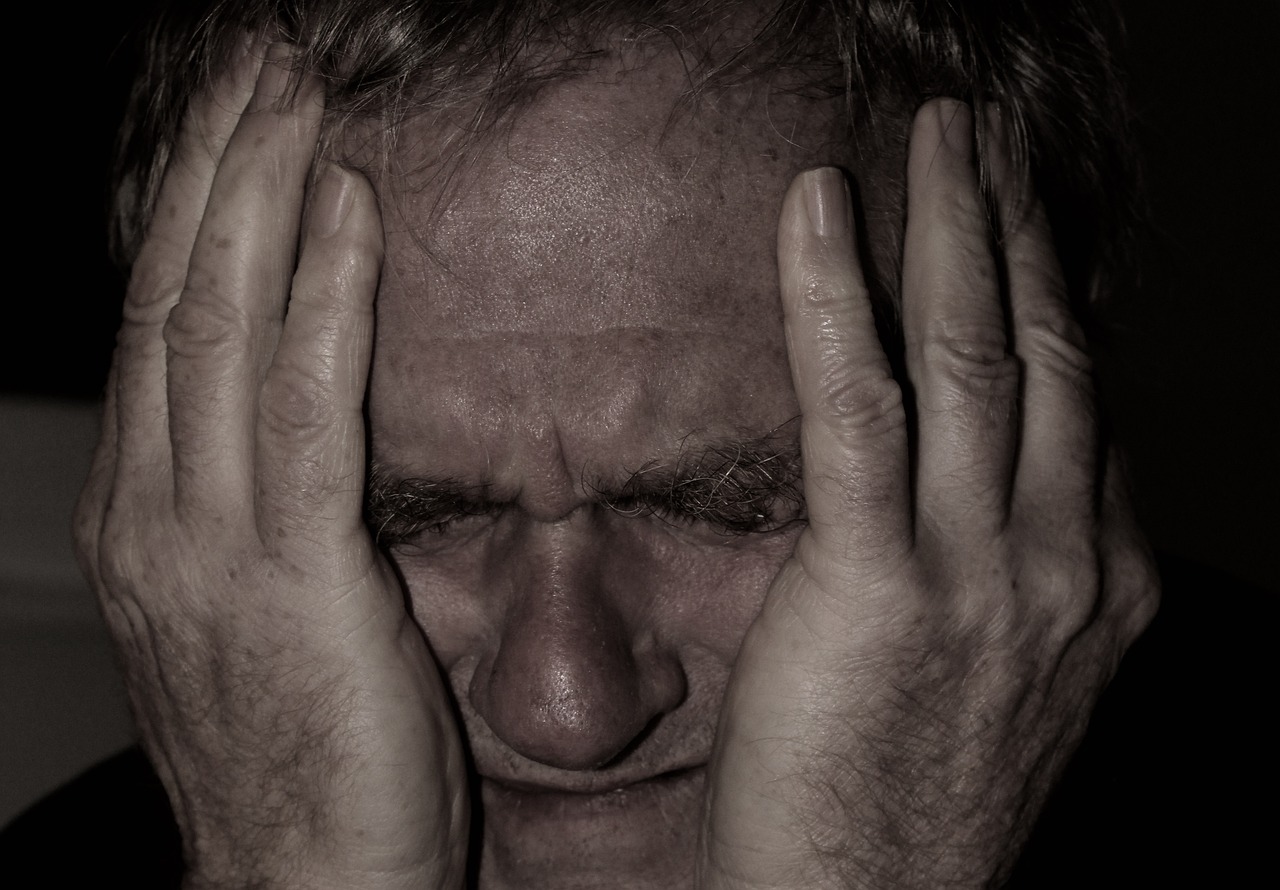
Jung's Influence on Modern Therapy
Carl Jung's theories have left a remarkable imprint on the field of psychology, particularly in the realm of therapy. His multifaceted approach emphasized the importance of understanding the human experience through a lens that integrates both the conscious and unconscious mind. This has led to the development of various therapeutic modalities that resonate deeply with individuals seeking to explore their inner worlds. One of the most significant contributions Jung made was the idea that therapy should not just be about alleviating symptoms but also about fostering personal growth and self-discovery.
Jung's concepts have paved the way for what we now refer to as depth psychology, a therapeutic approach that delves into the underlying emotional and psychological issues that may not be immediately apparent. Depth psychology encourages therapists to look beyond surface-level symptoms to understand the deeper motivations and conflicts that shape an individual's behavior. This holistic view of mental health aligns with Jung's belief that healing involves integrating various aspects of the self, including the shadow, persona, and anima/animus.
Moreover, Jung's influence extends to transpersonal psychology, which explores spirituality and consciousness beyond the individual self. This branch of psychology emphasizes the interconnectedness of all beings and the importance of transcending personal experiences to connect with a greater whole. Therapists who adopt this approach often guide clients through practices that foster spiritual growth, helping them to find meaning and purpose in their lives.
In addition to these therapeutic methods, Jung's ideas have also significantly impacted art therapy. By using creative expression as a means of exploring the unconscious, art therapy allows individuals to communicate emotions and experiences that may be difficult to articulate verbally. Jung believed that art could serve as a bridge to the unconscious, revealing hidden aspects of the self and facilitating healing. Through the creation of visual art, clients can engage with their inner worlds, uncovering insights and fostering personal transformation.
To further illustrate Jung's influence on modern therapy, let's take a look at some key therapeutic approaches that have emerged from his foundational concepts:
| Therapeutic Approach | Key Features | Jungian Influence |
|---|---|---|
| Depth Psychology | Focus on the unconscious mind and deeper emotional issues. | Emphasizes integration of the self and exploration of the shadow. |
| Transpersonal Psychology | Exploration of spirituality and consciousness beyond the individual. | Encourages connection with a greater whole and transcending personal experiences. |
| Art Therapy | Use of creative expression to explore emotions and experiences. | Utilizes art as a means to access the unconscious and facilitate healing. |
In conclusion, Jung's influence on modern therapy cannot be overstated. His emphasis on the integration of the unconscious, the exploration of archetypes, and the importance of personal growth has shaped how therapists approach mental health today. By fostering an environment that encourages self-discovery and holistic healing, Jung's legacy continues to inspire both practitioners and clients alike.
- What is depth psychology? Depth psychology is a therapeutic approach that focuses on exploring the unconscious mind and deeper emotional issues, emphasizing personal growth and integration.
- How does transpersonal psychology differ from traditional psychology? Transpersonal psychology goes beyond individual experiences to explore spirituality and interconnectedness, aiming to connect individuals with a greater whole.
- What role does art therapy play in Jungian psychology? Art therapy uses creative expression to access the unconscious, allowing individuals to explore emotions and facilitate healing through artistic processes.
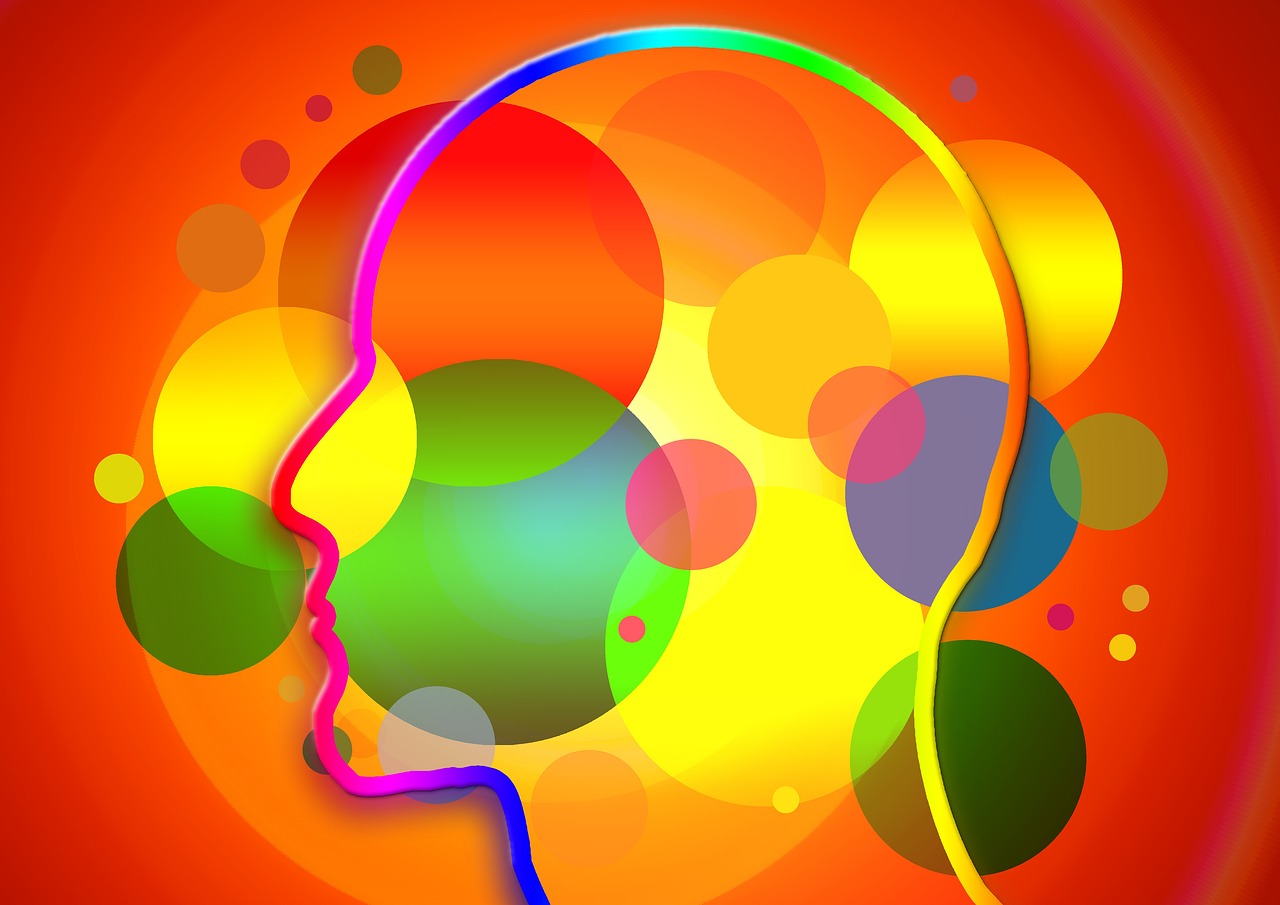
Transpersonal Psychology
Transpersonal psychology is like a bridge that connects the personal self with a larger, universal consciousness. It goes beyond the traditional boundaries of psychology by incorporating spiritual dimensions into the understanding of human behavior. Imagine standing at the edge of a vast ocean, where the waves represent personal experiences, and the horizon symbolizes a greater reality. This field invites individuals to dive deep into their inner worlds while also embracing the interconnectedness of all beings.
At its core, transpersonal psychology builds on Carl Jung's ideas, emphasizing the importance of transcending the ego and personal experiences to connect with a greater whole. It acknowledges that our psychological health is not merely about resolving individual issues but also about understanding our place in the universe. This perspective encourages a holistic view of mental health, integrating emotional, psychological, and spiritual dimensions. In this way, it offers a more comprehensive approach to healing and personal growth.
One of the fascinating aspects of transpersonal psychology is its focus on altered states of consciousness. These states can arise through various practices such as meditation, deep reflection, or even spontaneous mystical experiences. For many, these moments serve as gateways to profound insights and self-discovery. They can illuminate aspects of the self that may remain hidden in the hustle and bustle of daily life. Just as a sculptor chisels away at a block of marble to reveal the masterpiece within, transpersonal psychology helps individuals uncover their true selves.
Transpersonal psychology also plays a significant role in therapeutic settings. Therapists trained in this approach often utilize techniques that facilitate spiritual exploration, allowing clients to connect with their inner wisdom. This can include practices such as guided imagery, mindfulness meditation, and dream work. By tapping into these deeper layers of consciousness, individuals can gain insights that promote healing and transformation.
Moreover, transpersonal psychology encourages a sense of community and shared experience. It recognizes that we are not isolated beings but rather part of a larger tapestry of life. This perspective can foster a sense of belonging and connectedness, which is vital for emotional well-being. When individuals understand that their struggles are part of a universal human experience, it can alleviate feelings of isolation and despair.
| Key Concepts of Transpersonal Psychology | Description |
|---|---|
| Holistic Approach | Integrates emotional, psychological, and spiritual aspects of the self. |
| Altered States of Consciousness | Explores experiences beyond ordinary awareness for deeper insights. |
| Spiritual Exploration | Encourages connection with inner wisdom through various practices. |
| Community and Connectedness | Fosters a sense of belonging and shared human experience. |
In summary, transpersonal psychology is a vital component of modern psychological practice. It expands the horizon of what it means to be human, inviting us to explore not just our personal narratives but also the collective stories that bind us together. By embracing both the personal and the transpersonal, we can embark on a journey of profound self-discovery and healing.
- What is transpersonal psychology?
Transpersonal psychology is a branch of psychology that integrates spiritual and transcendent aspects of the human experience into psychological understanding. - How does transpersonal psychology differ from traditional psychology?
While traditional psychology often focuses solely on the individual and their issues, transpersonal psychology considers the broader context of spirituality and interconnectedness. - What techniques are used in transpersonal therapy?
Techniques may include meditation, guided imagery, dream analysis, and other practices that facilitate deep self-exploration. - Can transpersonal psychology help with personal growth?
Yes! By exploring deeper layers of consciousness, individuals can gain valuable insights that promote healing and personal transformation.

Art Therapy
Art therapy is a fascinating and transformative practice that merges the creative process with psychological healing. It provides individuals with a unique outlet to express their emotions, thoughts, and experiences through various artistic mediums such as painting, drawing, sculpture, and even digital art. This therapeutic approach is grounded in the belief that the act of creating art can facilitate personal growth and emotional healing, enabling individuals to connect with their unconscious mind in a profound way.
One of the most compelling aspects of art therapy is its ability to bypass the limitations of verbal communication. Many people struggle to articulate their feelings or experiences, especially when dealing with trauma or deep-seated emotions. In these cases, art becomes a powerful language of its own. By engaging in creative expression, individuals can visually manifest their inner conflicts, fears, and desires, allowing them to confront and process these feelings in a safe and supportive environment.
In Jungian terms, art therapy resonates deeply with the concept of archetypes and the collective unconscious. The symbols and themes that emerge in an individual's artwork often reflect universal patterns found in the human experience. For instance, a person may create a piece that embodies the archetype of the Hero, representing their journey through adversity and personal growth. This connection to archetypes not only aids in self-discovery but also fosters a sense of belonging to a larger human narrative.
Art therapists often guide clients through the creative process, encouraging them to explore their emotions and thoughts without judgment. The therapeutic relationship is built on trust and empathy, allowing individuals to feel safe in expressing their vulnerabilities. The resulting artwork can serve as a mirror, reflecting the individual's inner world and providing valuable insights into their psychological state.
Additionally, art therapy can be particularly beneficial for those dealing with mental health issues such as anxiety, depression, and PTSD. Studies have shown that engaging in creative activities can significantly reduce stress levels and promote emotional well-being. The act of creating art can trigger the release of endorphins, the body's natural feel-good chemicals, leading to a sense of relief and joy.
Here’s a brief overview of the key benefits of art therapy:
- Emotional Expression: Provides a non-verbal outlet for feelings.
- Self-Discovery: Facilitates exploration of the self and personal narratives.
- Stress Reduction: Engaging in art can lower anxiety and improve mood.
- Healing Trauma: Helps individuals process and cope with traumatic experiences.
- Enhanced Communication: Encourages discussion about difficult emotions and experiences.
In conclusion, art therapy is more than just creating pretty pictures; it is a profound journey into the self, guided by the principles of Jungian psychology. By tapping into the rich tapestry of the unconscious mind, individuals can uncover their hidden truths, heal emotional wounds, and ultimately embark on a path toward wholeness and self-realization. Whether through the strokes of a brush or the shaping of clay, art therapy offers a unique and impactful way to explore the complexities of the human experience.
Q1: What is art therapy?
Art therapy is a therapeutic approach that combines the creative process of making art with psychological healing. It allows individuals to express their emotions and explore their inner selves through various artistic mediums.
Q2: Who can benefit from art therapy?
Art therapy can benefit individuals of all ages, including children, adolescents, and adults. It is particularly helpful for those dealing with mental health issues, trauma, or difficulty expressing their feelings verbally.
Q3: Do you need to be an artist to participate in art therapy?
No, you do not need to have any artistic skills or experience to engage in art therapy. The focus is on the process of creation and self-expression, not on the final product.
Q4: How does art therapy differ from traditional therapy?
While traditional therapy often relies on verbal communication, art therapy allows individuals to express themselves through creative means. This can provide insights that may be difficult to access through conversation alone.
Q5: Can art therapy be done online?
Yes, many art therapists offer online sessions, allowing individuals to engage in art therapy from the comfort of their own homes. This can be a convenient option for those with busy schedules or mobility issues.
Frequently Asked Questions
- What is the collective unconscious according to Carl Jung?
The collective unconscious is a concept introduced by Carl Jung that suggests all humans share a set of memories, ideas, and experiences. It's like a vast reservoir of shared human knowledge and emotions that influences our thoughts and behaviors, often without us even realizing it. Jung believed that this shared unconscious connects us all, shaping our dreams, art, and cultural narratives.
- How do archetypes function in Jungian psychology?
Archetypes are universal symbols and themes that reside in the unconscious mind. They are like the building blocks of human experience, appearing in myths, stories, and even our personal lives. Jung identified several key archetypes, such as the Hero, the Mother, and the Shadow, which help us understand our inner selves and the common threads that run through different cultures and narratives.
- What is the significance of the Hero's Journey in Jungian theory?
The Hero's Journey is a narrative framework derived from Jungian archetypes that illustrates the process of personal growth through challenges and transformation. It's not just a storyline; it's a metaphor for our own journeys in life. By recognizing this pattern, individuals can gain insights into their own development and the trials they face on their path to self-discovery.
- How does Jungian therapy utilize dream analysis?
Dream analysis is a key component of Jungian therapy, where dreams are viewed as windows into the unconscious mind. Jung believed that dreams often contain archetypal symbols that can provide valuable insights into our emotions and conflicts. By exploring these symbols, individuals can better understand their inner experiences and work towards personal development.
- What is the individuation process?
Individuation is the journey toward self-realization and wholeness that Jung emphasized as essential for psychological health. It's about integrating various aspects of one's personality, including the conscious and unconscious, to achieve a balanced and fulfilling life. This process helps individuals embrace their true selves and fosters a deeper understanding of their place in the world.
- How has Jung's work influenced modern therapy?
Carl Jung's concepts have profoundly impacted various therapeutic approaches, including depth psychology and transpersonal psychology. His ideas promote a holistic view of mental health, encouraging therapists to consider not just the individual but also their spiritual and cultural contexts. This integration of spirituality in therapy allows for a more comprehensive understanding of mental well-being.
- What role does art therapy play in Jungian psychology?
Art therapy draws on Jungian principles by using creative expression to explore the unconscious. This therapeutic approach allows individuals to communicate emotions and experiences that may be difficult to articulate verbally. By engaging in artistic activities, clients can tap into their inner worlds, facilitating healing and self-discovery.



